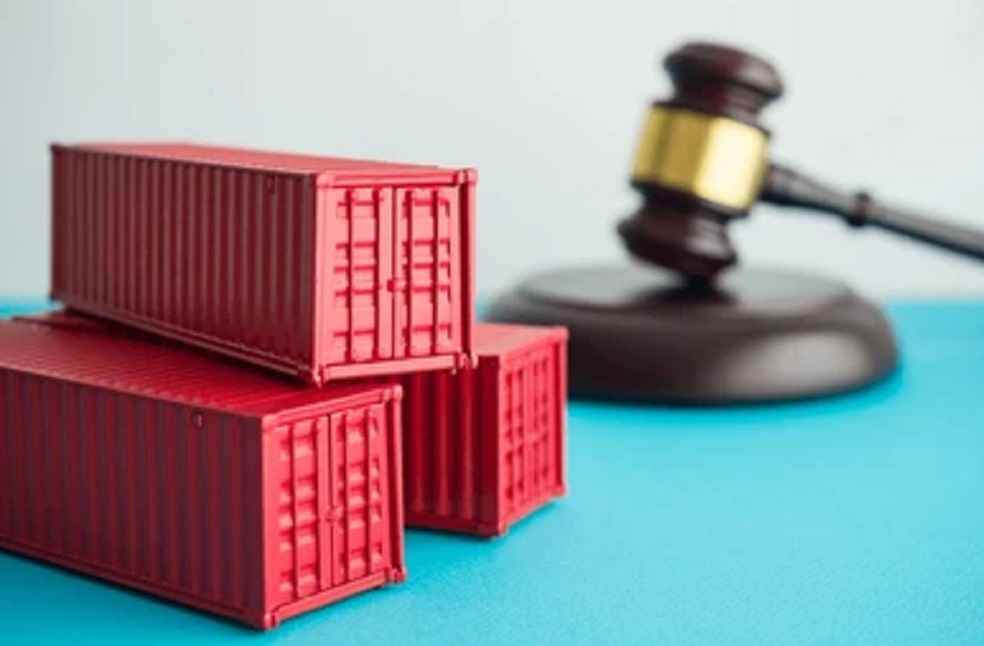The Indian government on Monday introduced new restrictions on the import of gold and silver in unwrought, semi-manufactured, and powdered forms. These imports are now limited to nominated agencies, qualified jewelers, and authorized holders of a valid Tariff Rate Quota (TRQ) under the India-UAE Comprehensive Economic Partnership Agreement (CEPA).
As part of measures outlined in Budget 2025–26, the Centre has introduced new Harmonised System (HS) codes for key precious metals, including gold dore, silver dore, and platinum, with 99% purity. The updated codes are designed to enhance trade oversight and strengthen customs compliance.

Authorities disclosed that some importers had taken advantage of CEPA provisions by falsely declaring gold —reportedly with 99% gold content—as a platinum alloy to access lower customs duties. To prevent such loopholes, the government has updated a specific HS code solely for platinum with a purity of 99% or higher. Only imports meeting this criterion now qualify for duty concessions under CEPA, while other platinum variants face stricter restrictions.
The measure will curb misuse and prevent attempts to import gold disguised as platinum.
Under the revised policy, silver bars with 99.9% purity or higher now fall under restricted imports under HS code 71069120. Imports are limited to RBI-notified banks, DGFT-nominated agencies, and IFSCA-qualified jewelers via IIBX. Meanwhile, semi-manufactured silver bars continue to be freely importable under RBI regulations.

Under the India-UAE CEPA, India permits the annual import of up to 200 metric tons of gold from the UAE, benefiting from a 1% tariff concession under the TRQ mechanism. The recent measures are considered essential for safeguarding the integrity of this bilateral trade agreement and preventing potential misuse.
LOGISTICS INDUSTRY | U.S. Ports Urge USTR to Drop Crane Tariffs Threatening Growth Plans



